We all love animals, and who can resist the temptation of petting an adorable critter that looks like it stepped out of a Disney movie? Word of warning: some animals, no matter how cute and fluffy or innocent they seem, are better left alone. Like these 15 adorable creatures who should be admired from afar.
1. Red Pandas: Cuteness Overload, But Keep Your Distance
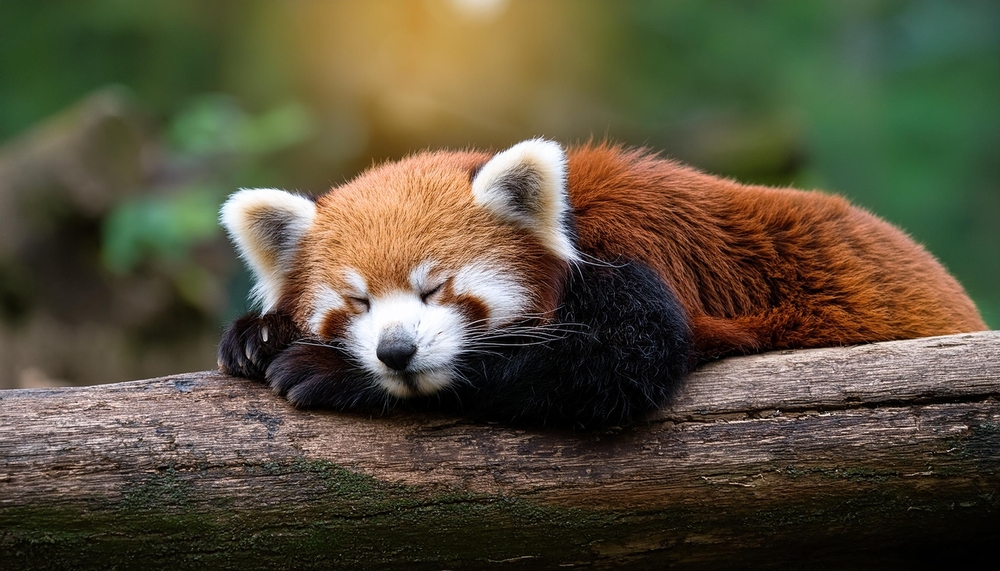
Red pandas are like the supermodels of the animal kingdom with their striking red fur and bushy tails. These adorable creatures look like they popped out of a cartoon, and their playful antics could melt the coldest of hearts. Unfortunately, they’re not as friendly as they appear. In the wild, red pandas prefer solitude and can be quite feisty if threatened. According to Ask.com, their sharp claws and teeth are their defense mechanisms, and they won’t hesitate to use them on an overly enthusiastic human.
Even in zoos, where they are used to seeing people, red pandas require their space. Zookeepers often caution visitors against reaching out for a cuddle. While they might look like they’d enjoy a snuggle session, it’s best to appreciate them from a safe distance. So, next time you see one lounging in its enclosure, remember—it’s a “look but don’t touch” situation. After all, respecting their personal space is the best way to show them love.
2. Slow Loris: The Adorable Nocturnal Ninja
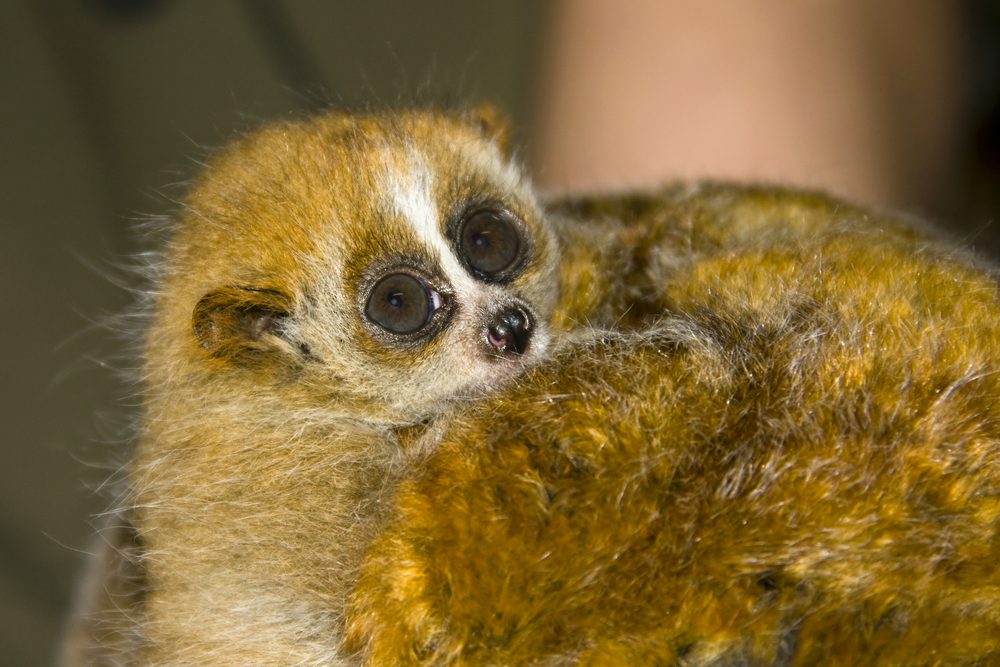
The slow loris is a tiny, big-eyed primate that looks like it belongs in a fairy tale. Its eyes are like saucers, and its gentle movements are mesmerizing. However, don’t let its innocent appearance fool you; the slow loris has a venomous bite. Earth.org notes that this nocturnal creature has a toxic gland in its elbows, and it licks this gland to make its bite poisonous. That’s nature’s way of saying, “Back off!”
People often assume that slow lorises are defenseless because they move slowly. In reality, handling them can cause significant stress, leading them to bite in self-defense. Importantly, they’re an endangered species, and capturing them for pets is illegal and unethical. Instead of trying to pet a slow loris, enjoy watching videos of them nibbling on rice balls or strolling carefully along tree branches. Admire their cuteness and sharp survival instincts from the safety of your screen.
3. Hedgehogs: Spiky Balls Of Cuteness
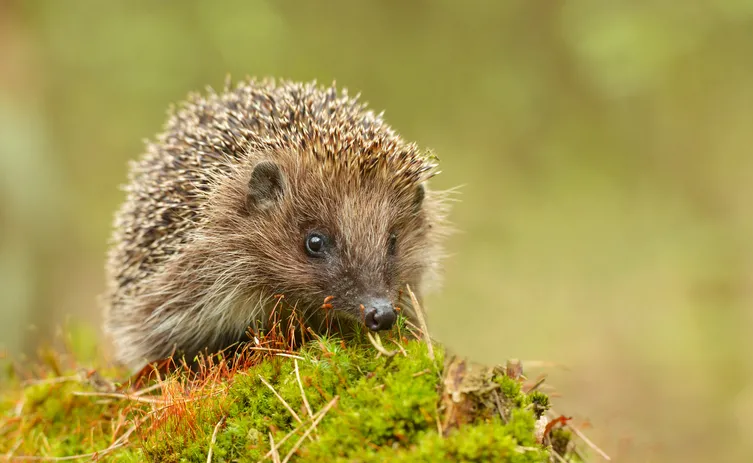
Hedgehogs are tiny, prickly creatures that have won over many hearts. Their small faces and adorable snouts make them look like perfect pocket pets. But those quills? They’re not just for show. A startled hedgehog will curl into a spiky ball, making it quite clear that it’s off-limits for petting.
In the wild, hedgehogs use their quills as a defense mechanism against predators. Handling them improperly can cause stress and lead to health problems for the little critters. Even if they look like they’re in need of a cuddle, it’s best to keep your distance.
While domesticated hedgehogs can become accustomed to human touch, wild hedgehogs are a different story. Attempting to pet one in its natural habitat can result in a handful of painful quills. These creatures are best adored through observation or from behind a protective barrier. The safest way to enjoy a hedgehog’s charm is by watching them snuffle around in the grass or indulging in a midnight snack.
4. Quokkas: The Selfie Kings Of The Animal Kingdom
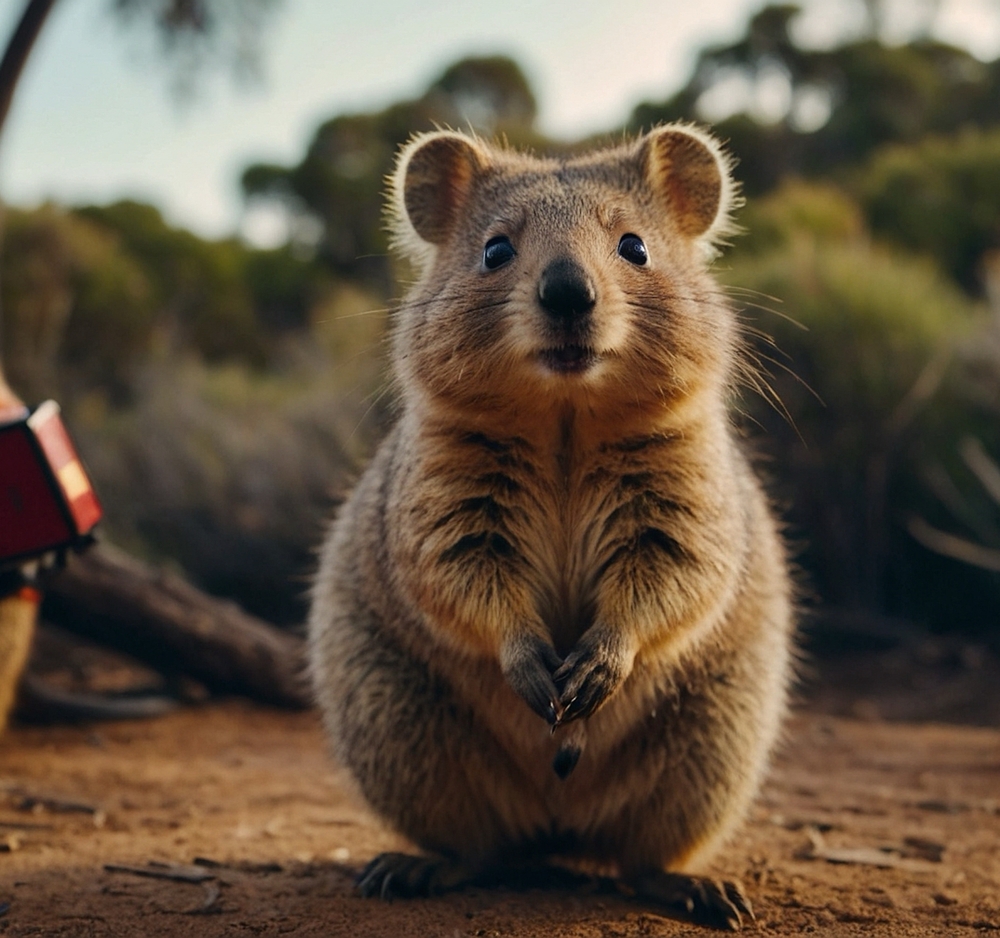
Quokkas have become internet sensations, celebrated as the “happiest animals on Earth.” With their perpetual smiles and friendly demeanor, they’re truly irresistible. However, these Australian marsupials are still wild animals. While they seem approachable, it’s essential to remember that their natural behavior is not to interact with humans.
Despite their popularity in selfies, it’s illegal to touch or feed quokkas. Human food can harm them, and close contact can stress these charming creatures. Tourists often risk fines and harm the quokkas by getting too close for that perfect shot. It’s crucial to respect their boundaries and admire their cheerful looks from a respectful distance.
In truth, the best way to appreciate quokkas is by watching them from afar and learning about their habits. Enjoy their cuteness in person if you’re lucky enough to visit their habitat, but remember, their well-being comes first. Snapping a selfie with a quokka might be tempting, but a respectful distance ensures their safety and happiness.
5. Koalas: The Laid-Back Leaf Munchers
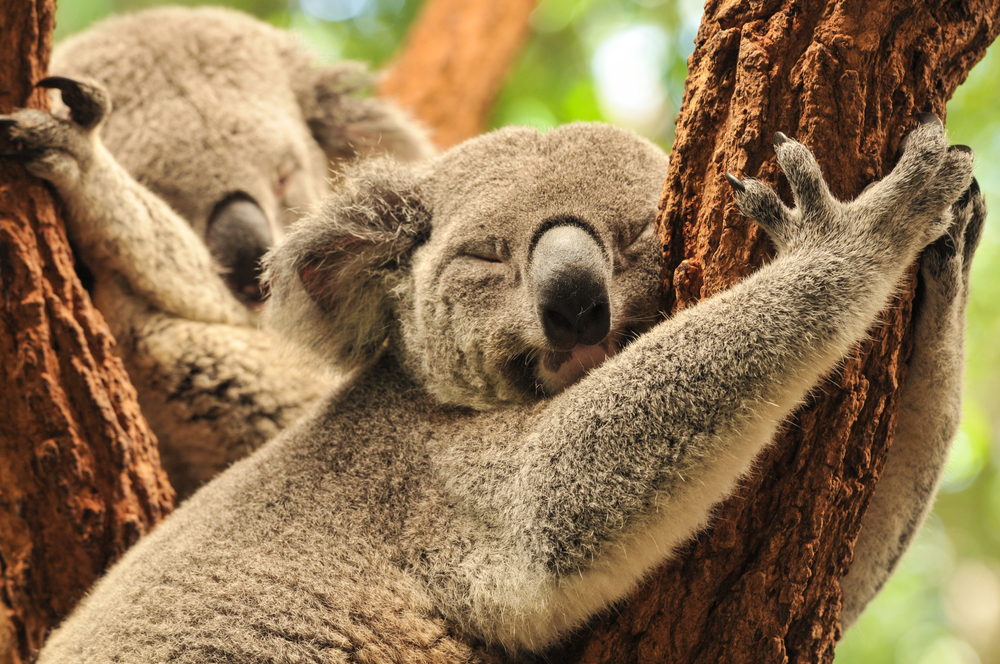
Koalas are the epitome of cuddliness with their fuzzy ears and lazy demeanor. They spend most of their time napping in eucalyptus trees, looking like the perfect stuffed animal. However, koalas are not as huggable as they appear. While they often seem docile, they can become aggressive if threatened or startled.
Koalas have sharp claws for climbing and can deliver a nasty bite if they feel cornered. Additionally, they have sensitive ears and a highly specialized diet, making them unsuitable for petting. In many regions of Australia, it’s illegal to hold a koala without proper permission or supervision.
The best way to enjoy these marsupials is by observing them in their natural habitat or through reputable sanctuaries. Watching them munch on leaves and snooze in branches is a delight in itself. So next time you see a koala, resist the urge to reach out and respect their sleepy solitude. Remember, looking is free—but touching could cost both you and the koala dearly.
6. Otters: Playful But Keep Your Hands To Yourself
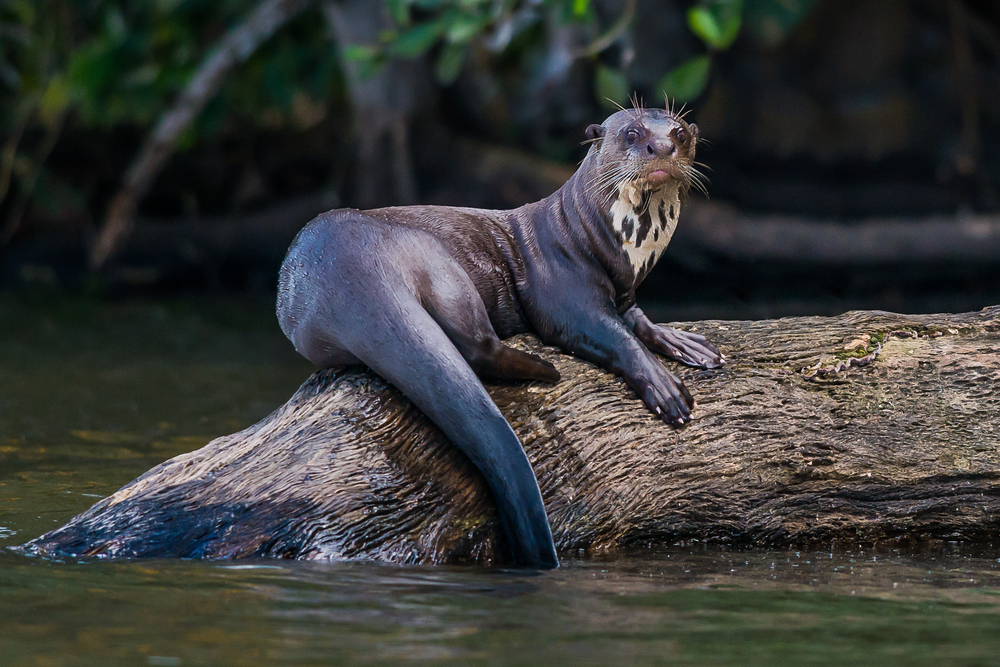
Otters are nature’s little pranksters, known for their playful antics and social nature. Watching them slide around or play with stones is enough to make anyone want to join in the fun. However, otters have a wild side that isn’t always apparent. They have strong teeth and a powerful bite, which they won’t hesitate to use if they feel threatened.
While they’re adorable, otters are carnivorous and quite territorial. Getting too close can be perceived as a threat, especially if they’re protecting their young. Additionally, otters can carry diseases that are transmissible to humans.
The safest way to enjoy otters is through observation from a distance or via a reputable aquarium. Watching them frolic in the water is a joy in itself, without the need to pet them. Just remember, their playful nature is best enjoyed with your hands safely tucked away.
7. Raccoons: Masked Bandits With A Mischievous Streak
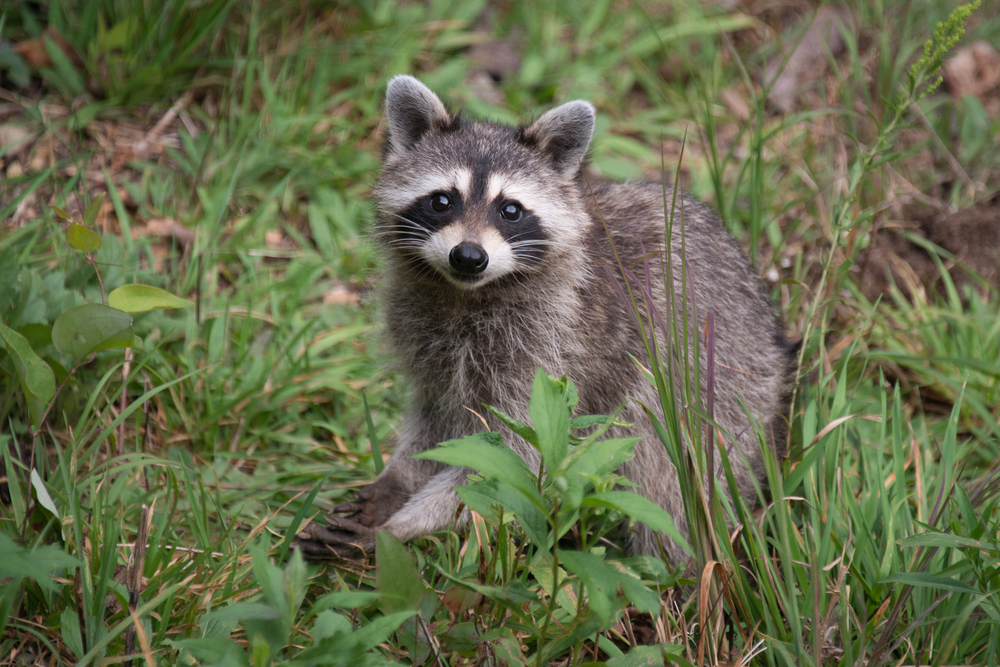
Raccoons are as cheeky as they come, with their bandit-like masks and curious nature. They’re often seen rifling through trash bins or exploring gardens, leading many to find their antics endearing. But those little paws are better at causing mischief than enjoying a good petting session. Raccoons are wild animals with sharp teeth and claws, and they can be aggressive when cornered.
While they might seem friendly, raccoons are known carriers of rabies and other diseases. Approaching one, especially in the wild, can result in a risky encounter for both you and the raccoon. Their intelligence and adaptability are fascinating, but they are not domesticated pets.
The best way to appreciate raccoons is from a distance, perhaps while they perform their nightly scavenger hunt. They’re incredibly resourceful and fun to watch, but their sharp claws are a reminder that they’re not for cuddling. So, next time you spot a raccoon, enjoy their antics from afar and let them continue their nightly adventures undisturbed.
8. Sea Lions: Aquatic Performers That Demand Respect
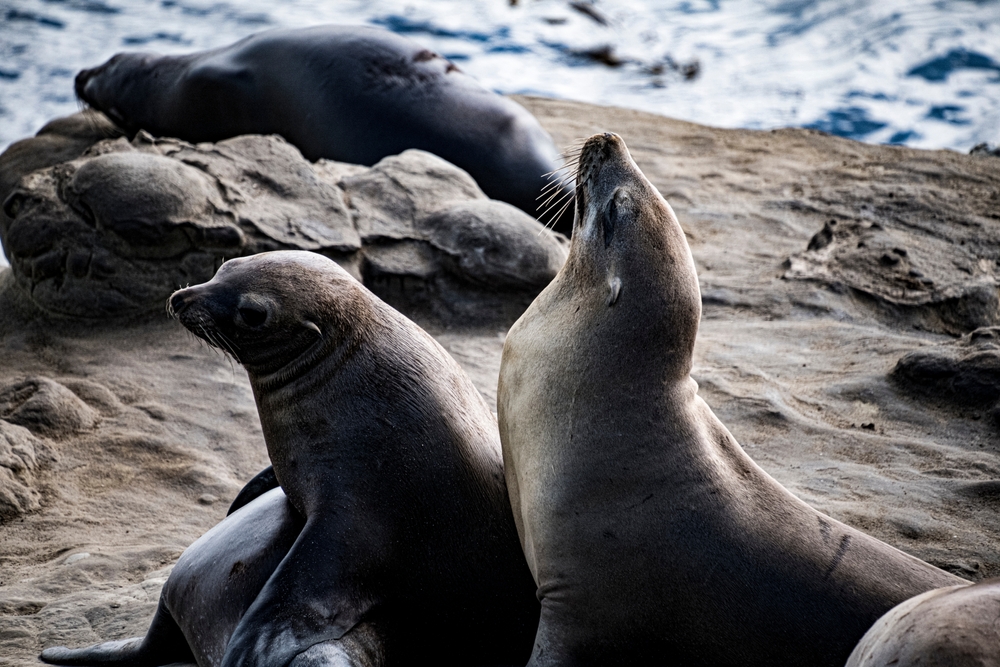
Sea lions are captivating with their sleek bodies and playful water ballet. Their curious eyes and whiskered faces make them look friendly and approachable. However, these marine mammals are powerful and can be aggressive. They have strong jaws and sharp teeth, which they will use if they feel threatened.
Sea lions are territorial, especially during breeding season, and getting too close can provoke a defensive response. They are also known to carry diseases that can be harmful to humans. While they may seem like aquatic clowns during performances, it’s essential to respect their space and strength.
The best way to enjoy sea lions is from a safe distance, whether watching them sunbathe on rocks or frolic in the water. Their playful nature is best admired through binoculars or from a boat. Remember, they’re not circus animals; they deserve to live wild and free without human interference.
9. Sloths: The Slow Movers With A Secret Strength
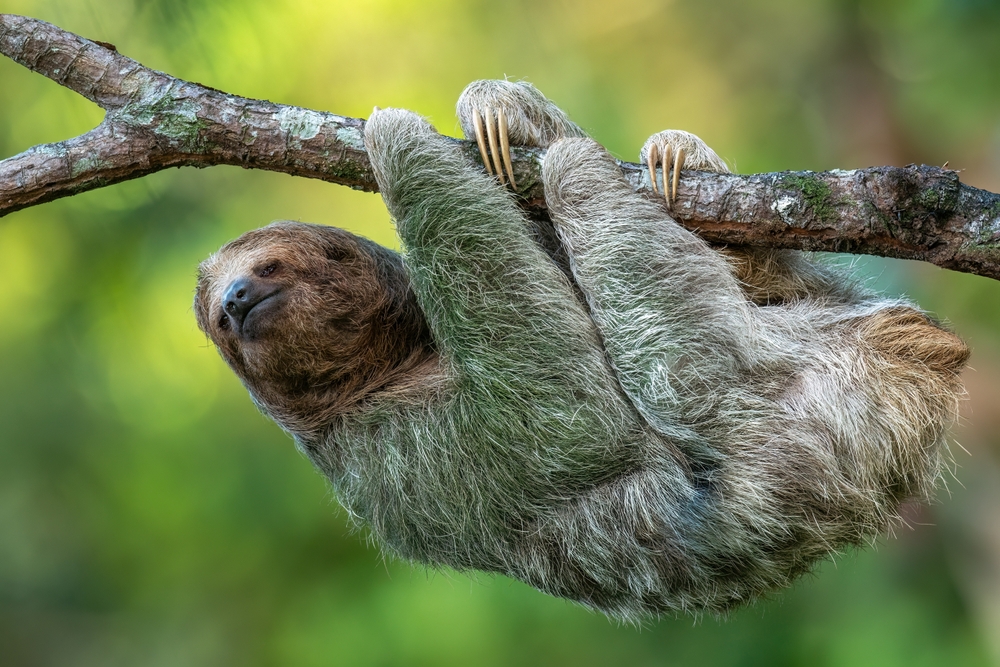
Sloths are the embodiment of relaxation, hanging upside down and moving at their own slow pace. With their gentle smiles and leisurely lifestyle, they seem like they’d be the perfect cuddle buddies. However, sloths are not as placid as they appear. They have incredibly strong claws for gripping branches and can deliver a surprisingly strong swipe if threatened.
Sloths are highly sensitive and stress easily, which can lead to health issues. They’re also carriers of bacteria and parasites that are harmful to humans. While they may seem like the ultimate chill companions, interacting with them can be detrimental to their well-being.
The safest way to enjoy sloths is by observing them in their natural habitats or through documentaries. Watching them slowly navigate through the rainforest is a delight in itself. Remember, their slow and steady charm is best appreciated from a respectful distance, ensuring their tranquility remains undisturbed.
10. Swans: Graceful But With A Fiery Temper
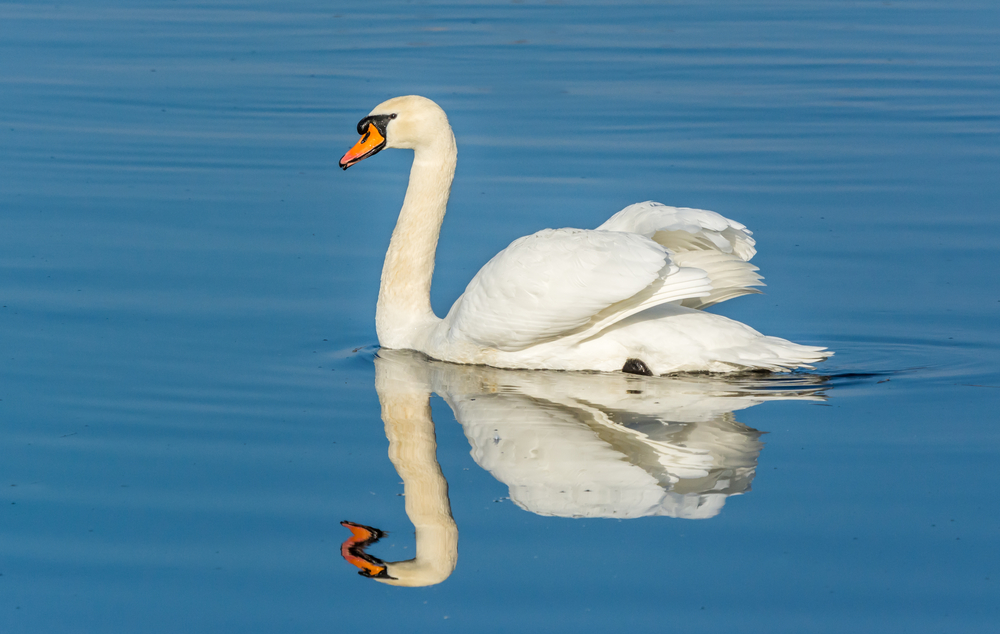
Swans are the picture of elegance, gliding gracefully across lakes. Their long necks and pristine feathers make them look like they belong in a fairy tale. But these birds are fiercely territorial and can become aggressive if you get too close. Swans are known to defend their nests with surprising ferocity, using their powerful wings and beaks.
Despite their beauty, swans are not creatures to be trifled with. Their aggressive displays are a clear sign to keep your distance, especially during nesting season. It’s tempting to approach them for a closer look or to feed them, but it’s best to admire their grace from afar.
The best way to enjoy swans is through photography or simply observing them from a safe distance. Their elegance is captivating, but their temper is a reminder that they’re not to be touched. So, next time you see a swan, appreciate its beauty from the shore and keep your fingers safe from their powerful pecks.
11. Foxes: The Wily Charmer Of The Animal World

Foxes are the epitome of cunning elegance, with their bushy tails and sharp, intelligent eyes. They might remind you of a charming trickster from a bedtime story. But make no mistake, foxes are wild animals, not cuddly pets. They are skittish and can be aggressive if they feel cornered or threatened.
Even though they often live close to human environments, foxes should not be approached for petting. They can carry diseases like rabies and are better left to their own devices. Despite their curious nature, they tend to avoid humans and will flee if given the chance.
The best way to admire a fox is from a safe distance, perhaps through a pair of binoculars or a camera lens. Their cunning behavior and adaptability are fascinating to observe, making every sighting a special moment. So, enjoy their fleeting appearances in the wild, but remember, they’re better left unpetted and undisturbed.
12. Squirrels: Nutty And Nimble, But Not For Petting
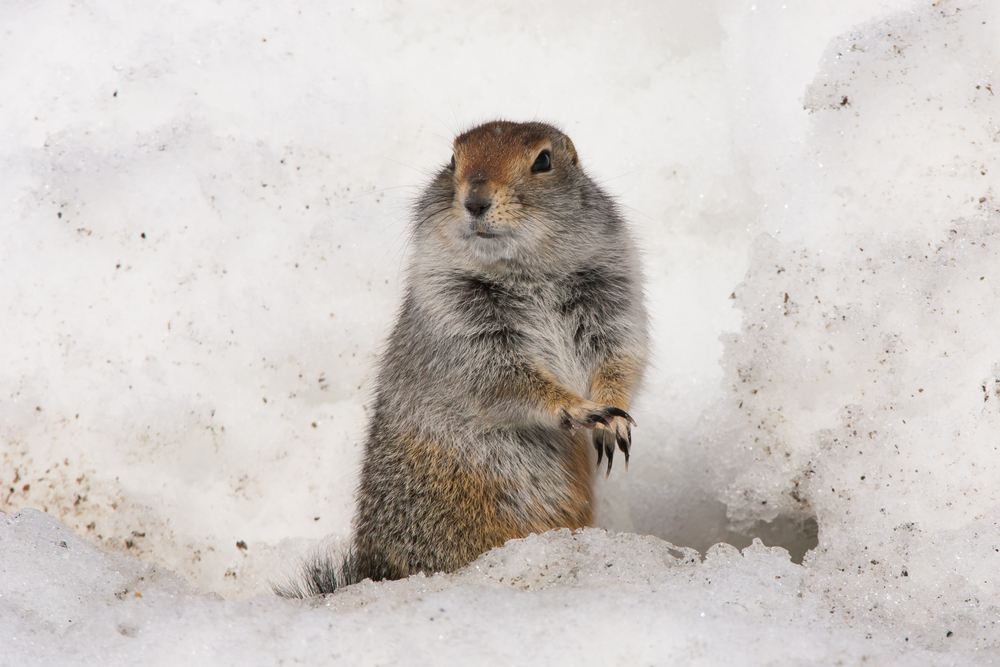
Squirrels are ubiquitous in parks and gardens, known for their bushy tails and acrobatic skills. Watching them scamper around is like witnessing a live-action cartoon. But these little furballs are more than just entertaining—they’re wild animals with sharp teeth. While they might approach for food, they’re not interested in being petted and can bite if they feel threatened.
Squirrels are highly adaptable and have learned to coexist in urban environments. However, they are still carriers of fleas and ticks, and petting them can be harmful to both you and the squirrel. Their quick movements and unpredictable behavior make them unsuitable for close encounters.
The best way to enjoy squirrels is by watching their antics from a distance, perhaps while they raid your bird feeder or stash acorns for the winter. Their energetic behavior is a delight to witness, adding life to any outdoor setting. So, let them perform their high-wire acts without interference and enjoy the show from a safe distance.
13. Wolves: Majestic And Mysterious, But Not For Cuddling
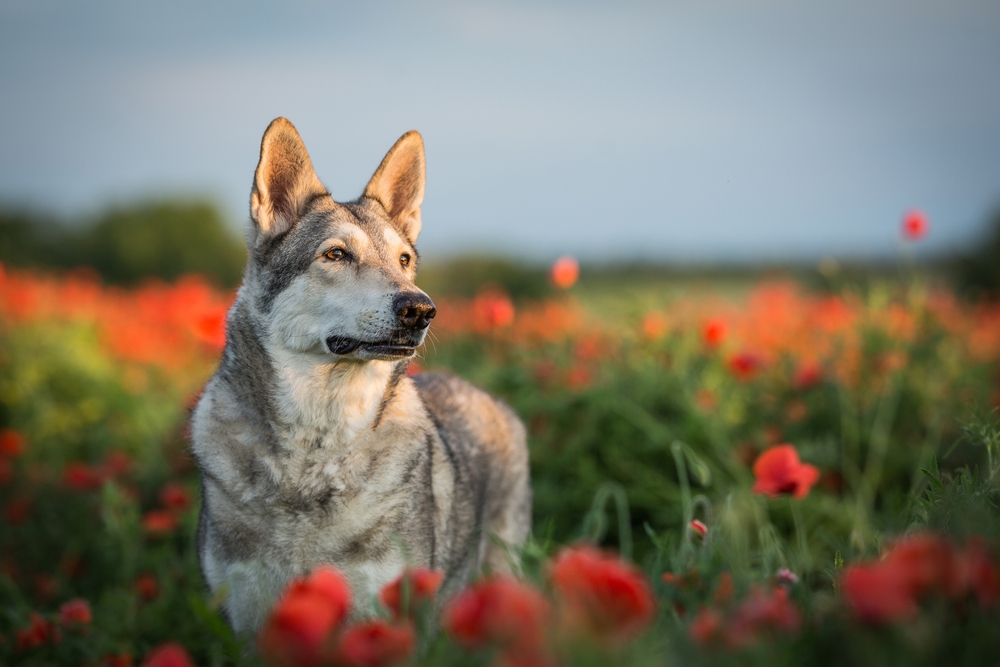
Wolves are iconic symbols of the wild, often revered for their pack mentality and haunting howls. Their majestic presence can inspire awe and curiosity. However, wolves are apex predators and should never be approached for petting. They are fiercely territorial and can become aggressive if they perceive a threat.
While they share some ancestry with domestic dogs, wolves are fundamentally wild animals. They have powerful jaws and a strong pack instinct, making them unpredictable and dangerous. Approaching a wolf in the wild is not only risky but illegal in many areas.
The best way to admire wolves is through wildlife documentaries or by visiting reputable wildlife sanctuaries. Observing them in their natural habitat is a privilege that should be undertaken with caution and respect. Remember, their wild nature and beauty are best appreciated from a safe distance, allowing them to roam free and undisturbed.
14. Elephants: Gentle Giants With Massive Strength
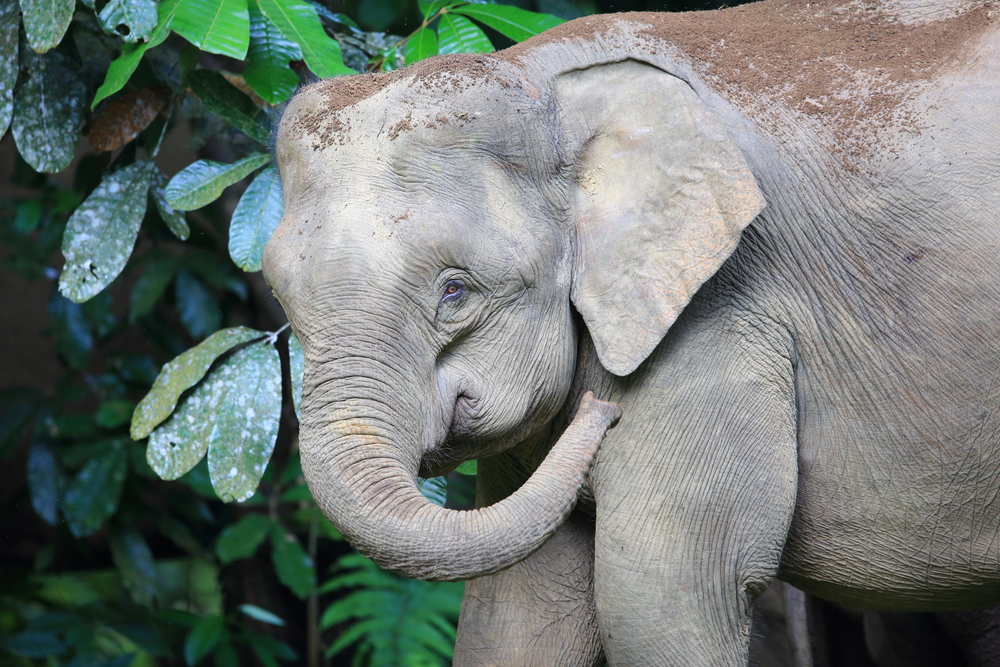
Elephants are often described as gentle giants, known for their intelligence and social bonds. Their large, soulful eyes and playful calves can tug at the heartstrings. However, elephants are incredibly strong and can be dangerous if provoked. Despite their size, they can move quickly and can become aggressive if they feel threatened.
In many regions, elephants are protected species, and interacting with them can disrupt their natural behavior. They are known for their complex social structures and emotions, which makes them fascinating to study but challenging to interact with safely. Approaching them in the wild is discouraged and can lead to dangerous situations for both humans and elephants.
The best way to experience elephants is through responsible tourism or by supporting sanctuaries that prioritize their well-being. Watching them interact within their herds is a spectacular sight that doesn’t require intrusion. So, respect their space and strength, and enjoy their majestic presence from a responsible distance.
15. Bears: The Mighty But Misunderstood Forest Dwellers
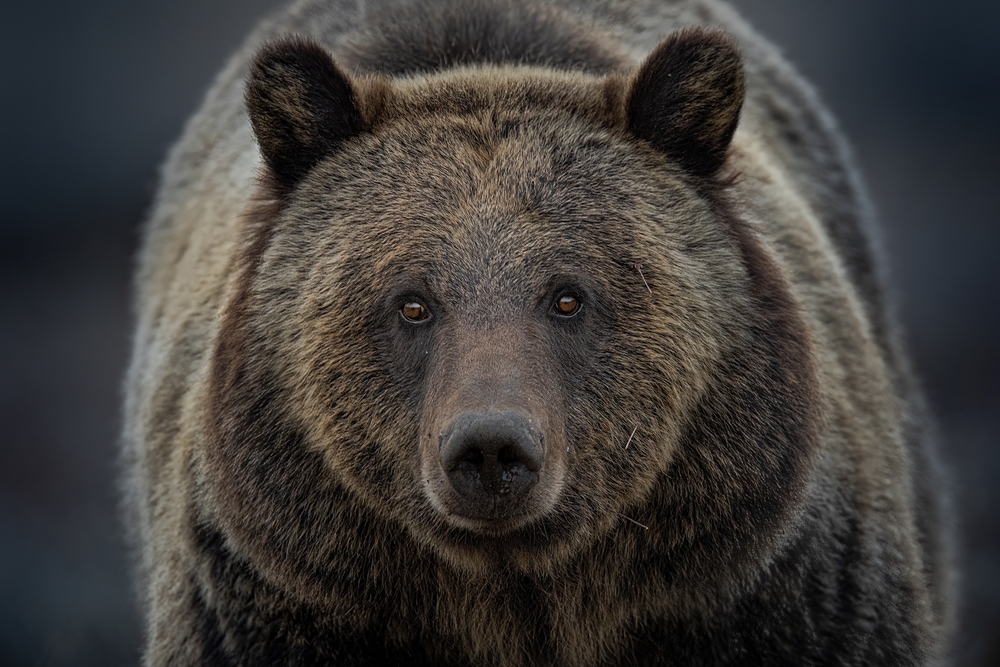
Bears are often depicted as cuddly characters in children’s stories, with their fluffy fur and lumbering gait. But in reality, bears are powerful wild animals with sharp claws and strong jaws. Approaching a bear in the wild is extremely dangerous and should never be attempted. They are unpredictable and can become aggressive if they feel their territory is being invaded.
Despite their fearsome reputation, bears are typically shy and prefer to avoid human contact. However, feeding or trying to pet bears can lead to negative consequences for both parties. Habituated bears may lose their fear of humans, leading to increased conflicts and often tragic outcomes for the bears.
